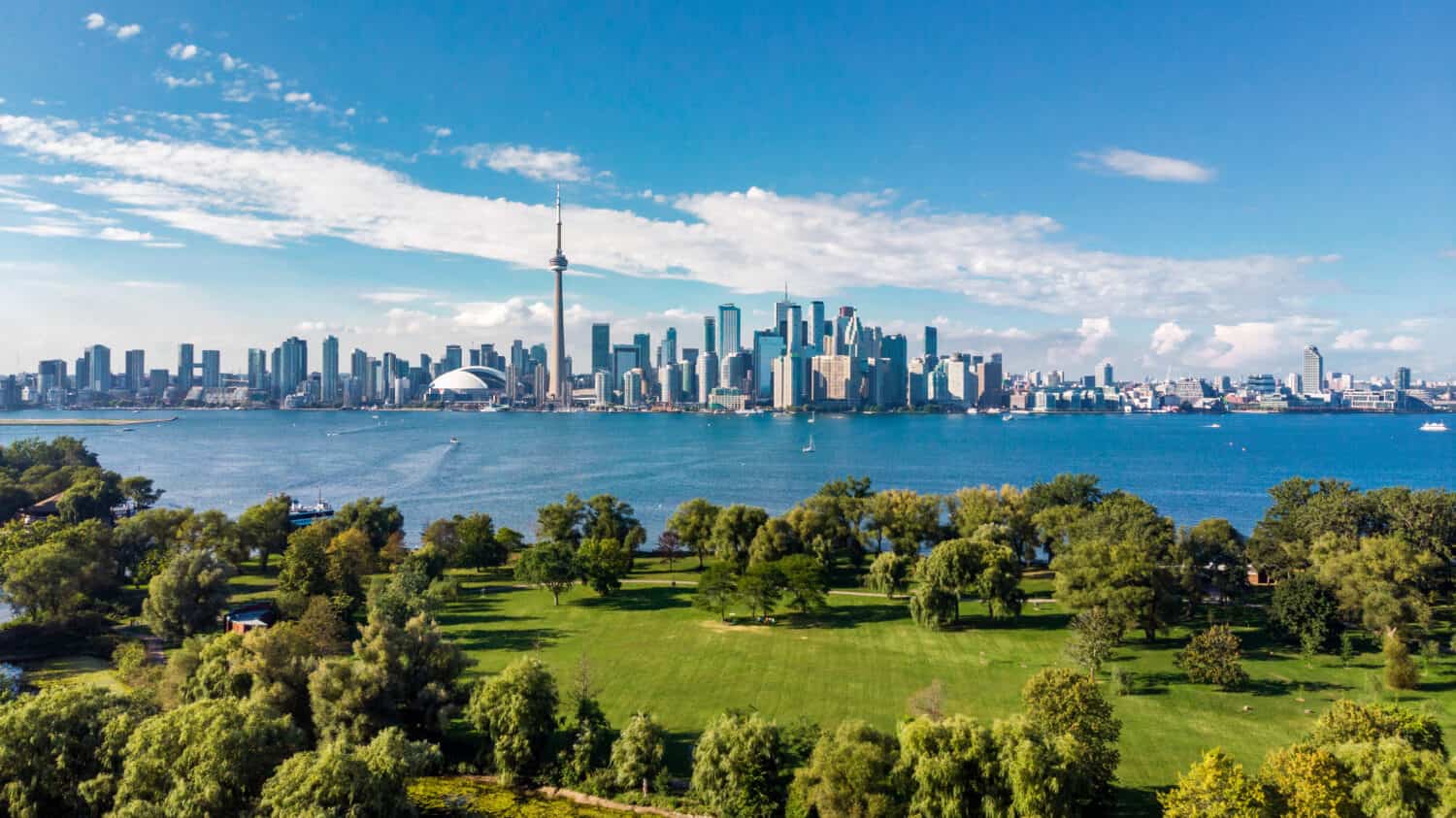As a geographic neighbor to the United States, Canada has always been a popular vacation and expat destination. However, in recent years, Canada has experienced an influx of new residents. In 2021 alone, an estimated 405,000 people immigrated to Canada. With no slowdown expected, take a look at the top five Canadian provinces.
Top 5 Provinces in Canada
Ontario, Canada

Ontario is a large Canadian province containing several major cities including Toronto, the province’s capital.
©Alexandar Iotzov/Shutterstock.com
The largest Province in Canada by population, Ontario supports a population of over 14 million people. Quebec was founded from 1782 to 1784, following the American Revolution. Great Britain granted the United Empire Loyalists 200 acres of land to develop for personal use. Land reserves were also established in Ontario for the Mohawk tribe in recognition of war service. Iroquois tribes resettled into a region near the Six Nations reserve in 1784.
Today, most Ontario residents speak English. Some language diversity exists as 11% speak French and nearly 3 % speak Spanish. Roughly half the population of Toronto was born in other countries. This diversity has created a unique demographic for the province.
Ontario in 50 years
Over half of the individuals who immigrate to Canada annually choose Ontario as their destination. Ontario has a living wage higher than the United States, with a minimum wage set at $11.00 an hour. While these wages are attractive, note that Ontario also has a slightly higher cost of living than the United States. Manufacturing, particularly in the automobile industry, is a strong economic force. Ontario hosts a robust education system to includes secondary-education universities. Due to these benefits, Ontario welcomed 184,725 new permanent residents in 2022. If the city can continue to support this level of population growth, it may easily overtake other Canadian provinces in population by 2073.
Quebec, Canada
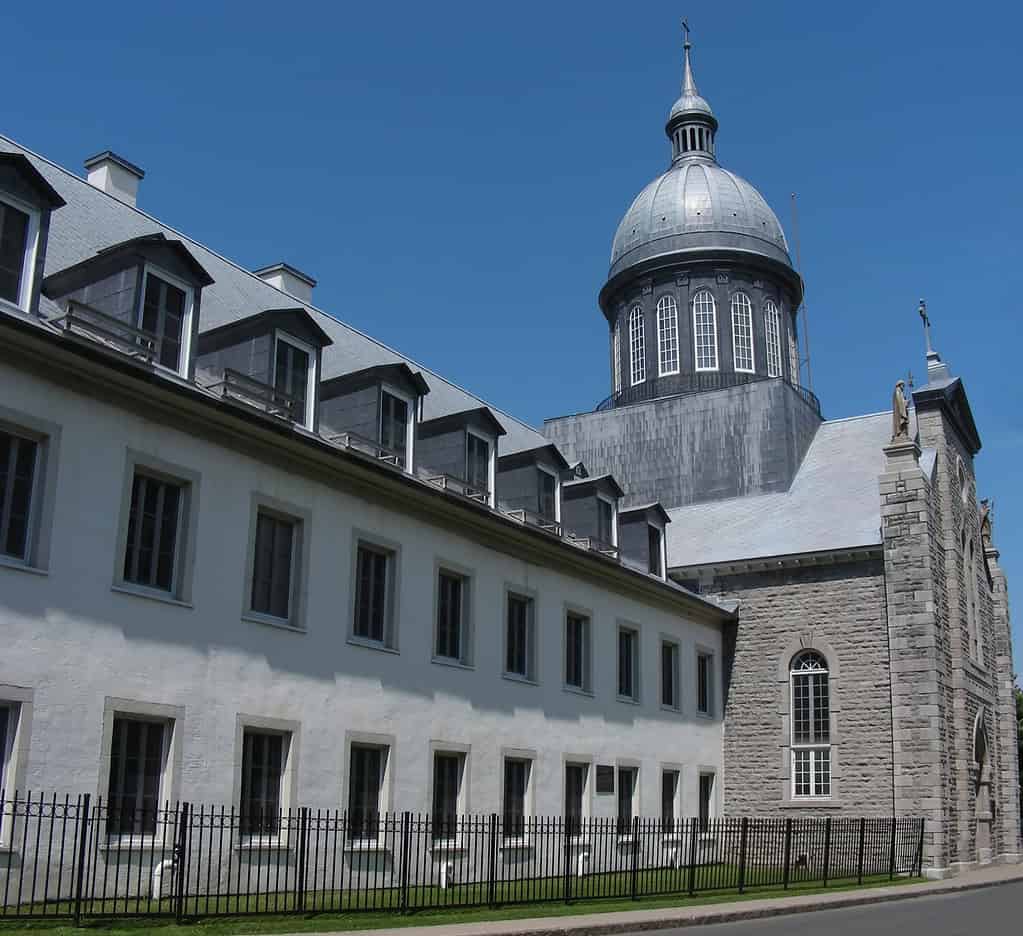
Ursuline Convent in the historic old town of Trois Rivieres, Quebec. Founded in 1697, the convent and hospital remained occupied by the Ursuline Sisters for 300 years.
©Mary Lane/Shutterstock.com
Quebec, the only province in Canada with French as its official language, boasts a population of over 8.8 million people. This makes it the second-largest by population province. Unlike Ontario, most native residents of Quebec speak French. Due to its storied history, the city displays strong European influence in architecture and traditions. French explorer Jacques Cartier claimed the land in the name of the king in 1534, and it was later developed following the arrival of Samuel de Champlain. Champlain established the first trading post, opening the land to trade.
Today, just over half the population speaks English as well as French, while just over 5 % speak Spanish. Expats to the city, however, are required to be able to hold conversations in French as well as obtain a certificate of selection from the government. Quebec has many benefits for immigration, such as cheaper real estate than other areas of Canada, a busy city life, and an easy commute to the United States.
Quebec in 50 years
According to the Quebec Institute of Statistics, 146,400 people moved to the province in 2022. This number represents an increase of over 50,000 immigrants to the area over the previous record set in 2019. If the population of Quebec continues to increase at a similar rate, Quebec could swell to a city with a total population of over 15 million people over the next 50 years. While Quebec is the second-largest province by population, it’s the largest by land mass. This may help the city support projected population growth.
British Columbia, Canada
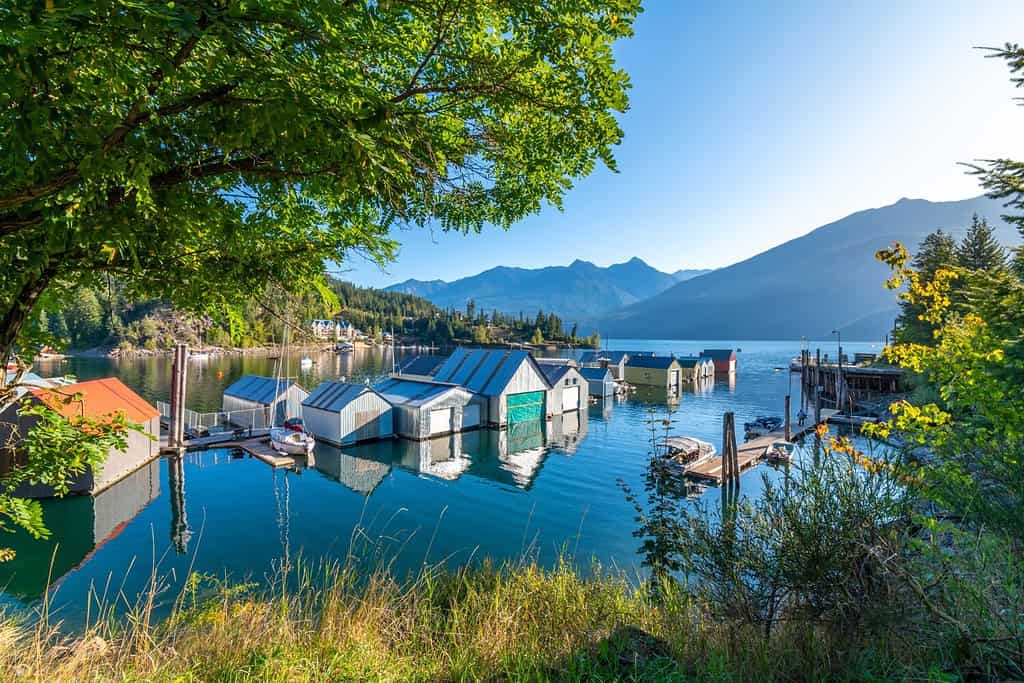
British Columbia’s dedication to preserving the natural beauty of Canada has contributed to its longstanding popularity.
©Kirk Fisher/Shutterstock.com
While many people consider British Columbia rural Canada, it’s the third most populated province in Canada. While Victoria and Vancouver are primary cities within the province, British Columbia is also renowned for its natural lifestyle and embracing of outdoor sports. Skiing, hiking, and wildlife conservation shape this province’s personality. Over 5 million people currently live in British Columbia, most of whom speak English. Half of all of British Columbia’s population resides in Vancouver.
British Columbia offers a robust public transportation system. Busses, trains, and SeaBus assist residents in easy travel. A strong economy, manufacturing presence, and education system continue to attract expats.
British Columbia in 50 Years
British Columbia reported a total of 103,674 individuals became permanent residents in 2022, with the distinction of being one of the provinces to attract a large number of younger immigrants. Over 80% of the new residents were under the age of 39, making British Columbia one of the fastest-growing provinces among younger people.
Alberta, Canada
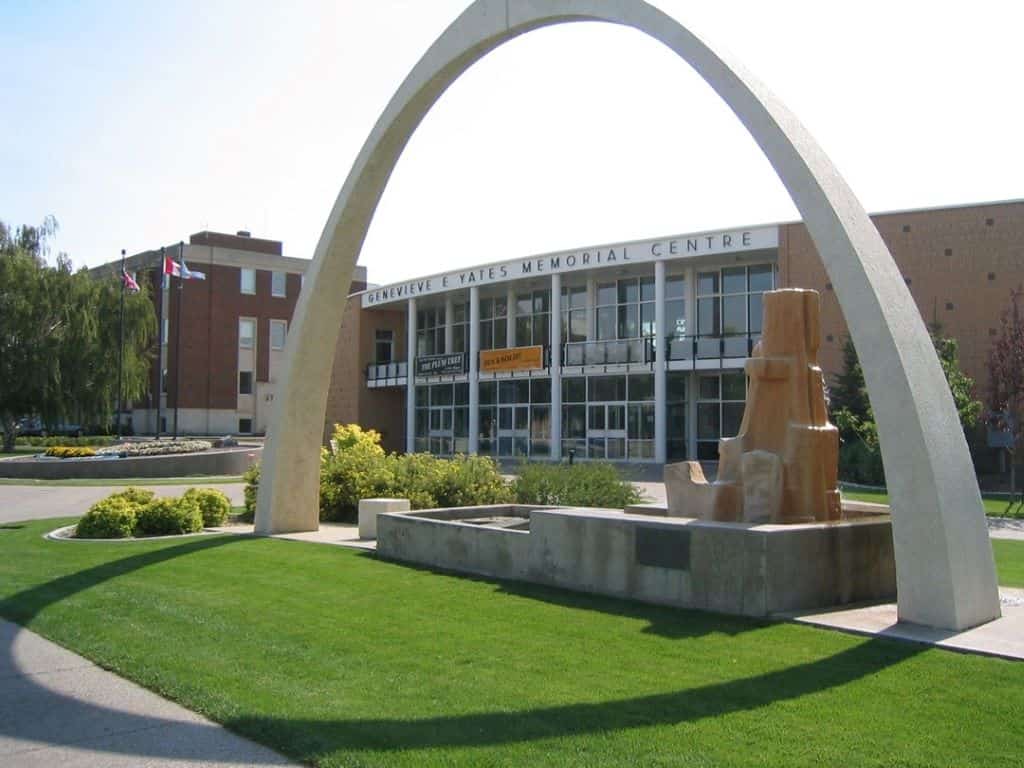
The Genevieve E. Yates Memorial Centre houses two performance theaters, a show to Alberta’s love of the arts.
Alberta is a relatively new province, entering into Confederation in 1905. Despite this, Alberta has a burgeoning art and culture community. The province is home to the Alberta Ballet Company, Canada’s third-largest ballet company. The scenic beauty of the province has facilitated its use as a popular filming location for major studios and encouraged a rapidly growing film industry in Calgary. Province officials have maintained respect for aboriginal art, preserving and protecting examples such as at Writing-On-Stone Provincial Park near Lethbridge.
Alberta has a population of just over 4 million inhabitants, most of which speak English. Calgary, Edmonton, Red Deer, and Lethbridge make up the province’s most populated cities. Despite the high population, Alberta remains a vital resource of farm goods for Canada and produces approximately 40% of the country’s beef. This varied industry has contributed to Alberta’s fast growth, with over 41,214 individuals choosing to relocate to the province in 2022.
Alberta in 50 Years
While Alberta has experienced strong population growth, the housing market in the province has struggled under the influx of new residents. Despite this, the province expects to add over 29 million more residents by the year 2051, making it one of the fastest-growing provinces in Canada.
Manitoba
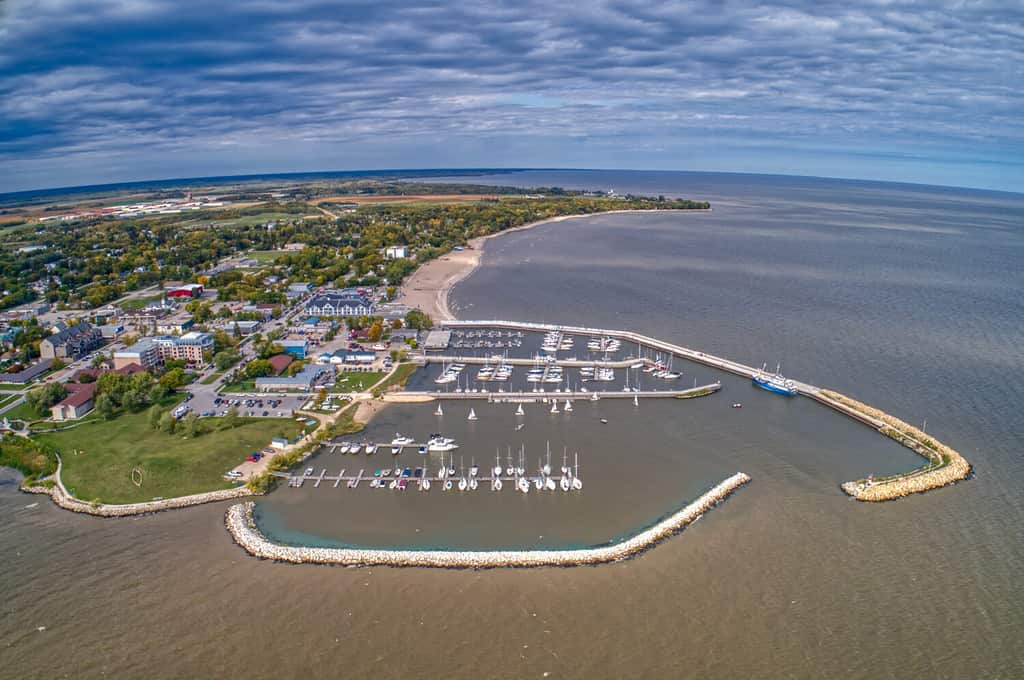
Lake Winnipeg in Manitoba has enjoyed status as a popular vacation spot for generations.
©Jacob Boomsma/Shutterstock.com
Manitoba may not be the first Canadian province that comes to mind when you consider population, but with over 1.3 million residents, it’s the fifth-most populated province in the country. While other provinces have experienced booms in growth, Manitoba has enjoyed a steady population with marginal growth since its admission to the confederation in 1870. Bracketed by the Prairie and Central Canada, Manitoba offers residents a mix of both agricultural living and urban orientation.
Manitoba is uniquely diverse in its ethnic makeup, as it’s home to several indigenous and first-nation tribes as well as a mix of descendants from Scottish, English, and German Mennonite immigrants. Of the largest Canadian provinces, Manitoba enjoys one of the lowest costs of living, making it an attractive choice for settlers.
Manitoba in 50 Years
While Manitoba hasn’t experienced the same rocketing population growth as other provinces, the immigration rate has remained steady at 2.36 % for the last few years. In 2022, Manitoba welcomed 40,593 new residents. To support hopeful expats, the province has established streamlined processes for applicants to process their move. As Canada has officially announced that it plans to welcome 460,000 new residents in 2023, Manitoba may be the province with the most surprising growth.
Summary of the most populated provinces in Canada
| #1 Ontario | Population: 14,223,942 |
| #2 Quebec | Population: 8,501,833 |
| #3 British Columbia | Population: 5,000,879 |
| #4 Alberta | Population: 4,262,635 |
| #5 Manitoba | Population: 1,342,153 |
Thank you for reading! Have some feedback for us? Contact the AZ Animals editorial team.

